Final Exam Review NR 222 PDF

| Title | Final Exam Review NR 222 |
|---|---|
| Author | Eduardo Rodriguez |
| Course | Health & Wellness |
| Institution | Chamberlain University |
| Pages | 4 |
| File Size | 104.2 KB |
| File Type | |
| Total Downloads | 44 |
| Total Views | 140 |
Summary
Final exam review for NR 222 November session...
Description
Final Exam Review 222 Ethical terms
Review Healthy People 2030 Leading Healthy Indicators
Increase the use of the oral healthcare system by children, adolescents, and adults. Reduce consumption of calories from added sugars by persons aged 2 years and over. Reduce drug overdose deaths Reduce the number of days people are exposed to unhealthy air. Reduce homicides Reduce household food insecurity and hunger. Increase the proportion of people who get the flu vaccine every year. Persons who know their HIV status: Increase knowledge of HIV status Persons with medical insurance: Increase the proportion of people with health insurance Suicides: Reduce the suicide rate
Know Erickson’s developmental stages
Infant – 18 months = Trust vs. Mistrust 18 months – 3 years = Autonomy vs. Shame & Doubt 3 – 5 years = Initiative vs. Guilt 5 – 13 years = Industry vs. Inferiority 13 – 21 years = Identity vs. Role Confusion 21 – 39 years = Intimacy vs. Isolation 40 – 65 years = Generativity vs. Stagnation 65 and older = Ego Integrity vs. Despair
Know Kohlberg theory of Moral Development
Level 1: Preconventional: under 6 years old Step 1 Punishment and obedience orientation: obey rules to avoid punishment Step 2 Naïve hedonism: conforms to get rewards and to have favors returned
Level 2: Conventional level: (7 years to 11 years) Step 3 Good boy/girl morality. Conforms to avoid disapproval or dislike by others.
Step 4 Conforms to avoid censure by authorities.
Level 3: Postconventional Level: (11 years old and up) Step 5 Conforms to maintain communities. Emphasis on individual rights. Step 6 Individual principles of conscience.
Know the different steps of the nursing process
Assessment: critical thinking skills and data collection of subjective & objective data Diagnosis: employing clinical judgment to make a nursing diagnosis Planning: goals and outcomes are formed that directly impact patient care Implementation: action of doing the nursing interventions outlined in the plan of care Evaluation: reassess interventions to make sure desired outcomes has been met
Subjective and objective data the difference Subjective is the patient’s viewpoint while objective data is the nurse’s viewpoint based on observed actions and test results such as temperature taken during nursing assessment. For example, the patient complains that he feels hot so I must have a fever which is subjective. The nurse takes the patients temperature, which is 103 degrees, during assessment phase, which is objective.
Nutritional differences across the lifespan
Therapeutic and Non-therapeutic communication
What does SBAR mean? S situation B background A assessment R recommendation technique provides a framework for communication between members of the health care team about a patient's condition.
What does Health Promotion mean?
Enables people to increase control over and improve their health Involves the population as a whole in the context of their everyday lives Activities are geared toward promoting health and preventing ill-health rather than focusing on people at risk for specific diseases.
Health models
Levels of prevention Primary prevention: vaccinations Secondary Prevention: health promotion or mass screening events Tertiary Prevention: education on disease the patient is diagnosed with as well as other treatment options for the current disease
Development of growth what stage develops the most rapidly
Different types of learning
Nursing moral accountability
Know CAM therapies
Health restoration?
Cultural awareness
Standards of practice
ANA Standard 9 and standard 5
Difference between learning process and nursing process
Maslow’s hierarchy
What is holistic methods...
Similar Free PDFs

Final Exam Review NR 222
- 4 Pages

Study guide NR 222 Exam 1 2020
- 8 Pages

NR 293 Exam 1 Review
- 22 Pages

NR 511 Final Exam Study Guide 1
- 60 Pages

Chem Final Exam Review
- 12 Pages

Final Exam - Review notes
- 92 Pages

Bio Final Exam Review
- 2 Pages

Final EXAM Review booklet
- 5 Pages
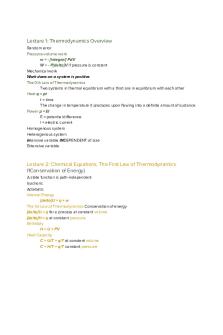
CHEM303 final exam review
- 4 Pages

Psychology Final Exam - Review
- 13 Pages
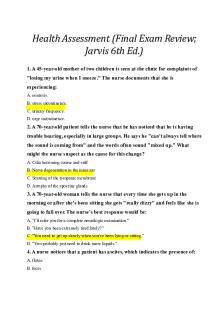
Jarvis Final Exam Review
- 12 Pages
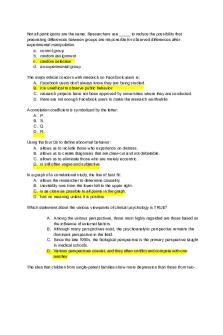
Final exam review
- 96 Pages
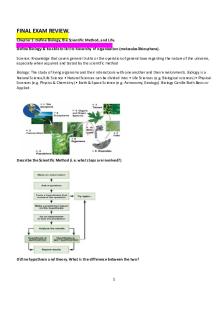
Final Exam Review
- 48 Pages
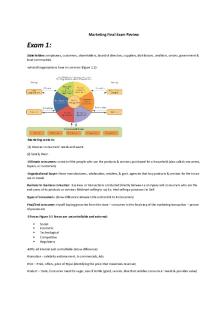
Marketing Final Exam Review
- 15 Pages
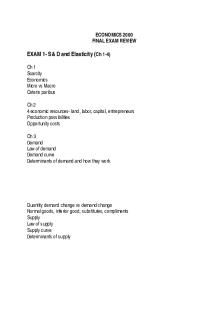
Final exam review
- 8 Pages
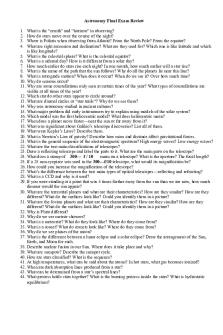
Astronomy Final Exam Review
- 2 Pages
Popular Institutions
- Tinajero National High School - Annex
- Politeknik Caltex Riau
- Yokohama City University
- SGT University
- University of Al-Qadisiyah
- Divine Word College of Vigan
- Techniek College Rotterdam
- Universidade de Santiago
- Universiti Teknologi MARA Cawangan Johor Kampus Pasir Gudang
- Poltekkes Kemenkes Yogyakarta
- Baguio City National High School
- Colegio san marcos
- preparatoria uno
- Centro de Bachillerato Tecnológico Industrial y de Servicios No. 107
- Dalian Maritime University
- Quang Trung Secondary School
- Colegio Tecnológico en Informática
- Corporación Regional de Educación Superior
- Grupo CEDVA
- Dar Al Uloom University
- Centro de Estudios Preuniversitarios de la Universidad Nacional de Ingeniería
- 上智大学
- Aakash International School, Nuna Majara
- San Felipe Neri Catholic School
- Kang Chiao International School - New Taipei City
- Misamis Occidental National High School
- Institución Educativa Escuela Normal Juan Ladrilleros
- Kolehiyo ng Pantukan
- Batanes State College
- Instituto Continental
- Sekolah Menengah Kejuruan Kesehatan Kaltara (Tarakan)
- Colegio de La Inmaculada Concepcion - Cebu